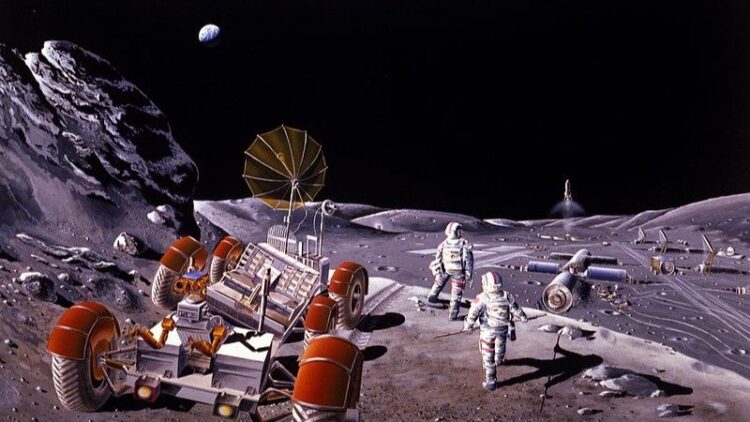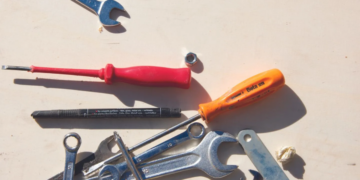New research shows that one of the biggest obstacles to humans living on the moon — the lack of oxygen — could be alleviated by digging into the soil.
Researchers from Nanjing University found that the soil on the moon contains active compounds that can help covert carbon dioxide into oxygen, which is a huge development for the future of space exploration.
It’s big news for space exploration.

Researchers Yingfang Yao and Zhigang Zou, both of whom are material scientists, studied moon soil samples brought back by China’s Chang’e 5 spacecraft. They announced their findings in the May 5 edition of Joule , a scientific journal published by Cell Press.
They’re hoping to design a system to make the soil work for humans.

The moon has two resources in abundance: solar radiation and lunar soil. After finding that the soil is rich in iron and titanium, they determined that these materials could by catalyzed to make oxygen, with the help of carbon dioxide and solar power.
They call it ‘extraterrestrial photosynthesis.’

In a nutshell, the system takes water from astronauts’ breathing systems and electrolyzes it using sunlight. Hydrogen from this process is then combined with carbon dioxide that’s exhaled from astronauts and catalyzed by lunar soil. The process should result in methane, and eventually, water, oxygen, and other fuels.
The system would use no external energy other than what the sun already provides.

This is a potential game-changer, as almost every strategy for human habitation on the moon or on Mars relies on energy sources from Earth, whether they’re batteries, solar arrays, or even nuclear devices.
The scientists think space exploration is going to accelerate.

While humans haven’t visited an extraterrestrial body since the last moon landing, Yao thinks we’re due for more moon visits in the future.
“Just like the ‘Age of Sail’ in the 1600s when hundreds of ships head to the sea, we will enter an ‘Age of Space,'” said Dr. Yao.
It’s all about reducing payload.

Carrying materials on a rocket powerful enough to puncture through Earth’s atmosphere and into orbit is an incredibly expensive proposition. Reusable rockets help to reduce costs, but costs are still prohibitive. This new research could help, in that it could reduce the amount of materials required for survival in space.
It’s fascinating stuff.

Do you think you’ll see humans inhabit the moon (or Mars) in your lifetime? Why or why not? If it was available to you, would you consider being a space settler? Be sure to let us know in the comments.


















































